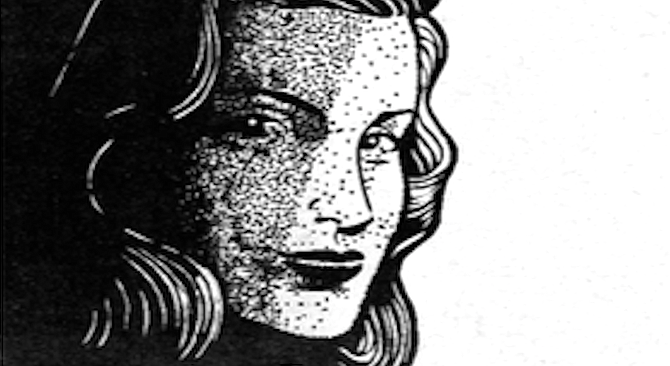 Facebook
Facebook
 X
X
 Instagram
Instagram
 TikTok
TikTok
 Youtube
Youtube

Don’t let me down! We’ve got a lot riding on this one, Mr. A. I could win myself an entire Saturday with my husband in tow, doing the “sacred DO list.” On the other hand, I may end up slaving in a hot kitchen, preparing a meal second only to those cooked in Buckingham Palace. So...when was the phrase "fade to black” first used? Was it theater or television? Should I tell you what I hope the answer is? Are you really mean enough to send me to the kitchen all Saturday? — Tying Up My Apron, Making a List, San Diego
Hah. I toy with your collective psyches every day. It’s one of the few perks I still enjoy. Just knowing I have the power to screw up your weekend is plenty for me. I don’t actually have to do it. Better yet is the chance I get (like now) to keep a domestic standoff going well into extra innings. This week, the Alice moon is in the Seventh House (in my case, that’s the House of Naugahyde, on 30th Street in North Park), a traditional good-luck configuration, because, strictly speaking, you’re both wrong, though the TV bettor is at least in the ballpark.
Before “fade” was a haircut or a craps bet, it was a technical direction in film. Dates back to 1904, according to the Guinness Book of Movie Facts and Feats, when a little diversion called The Old Chorister used it as a method of exiting a scene. “Fade in,” “fade out,” and “fade to black” are still standard film directions. I’m a little wary of facts offered by people so heavily involved with beer, but in this case, I’ll take my chances.
Probably as a spinoff of film terminology, all three “fades” are used in live television, too. “In black” means there’s no video signal. You can fade up from black or fade to it. The director of a live broadcast would use those as orders to the switcher, who would then move the lever that actually did the fading.
Theater lighting was fairly primitive, even after the advent of electric lights; “on” and “off’ (as in a “blackout”) was about as subtle as things got for quite a while. If you bet on the theater, consider that you only have to match a dinner at Buckingham Palace, which, of course, is in England, the slough of world cuisine. Just boil strange organ meats and serve them with plenty of warm beer in the darkest room in your home, and you’ve met your obligation.


Don’t let me down! We’ve got a lot riding on this one, Mr. A. I could win myself an entire Saturday with my husband in tow, doing the “sacred DO list.” On the other hand, I may end up slaving in a hot kitchen, preparing a meal second only to those cooked in Buckingham Palace. So...when was the phrase "fade to black” first used? Was it theater or television? Should I tell you what I hope the answer is? Are you really mean enough to send me to the kitchen all Saturday? — Tying Up My Apron, Making a List, San Diego
Hah. I toy with your collective psyches every day. It’s one of the few perks I still enjoy. Just knowing I have the power to screw up your weekend is plenty for me. I don’t actually have to do it. Better yet is the chance I get (like now) to keep a domestic standoff going well into extra innings. This week, the Alice moon is in the Seventh House (in my case, that’s the House of Naugahyde, on 30th Street in North Park), a traditional good-luck configuration, because, strictly speaking, you’re both wrong, though the TV bettor is at least in the ballpark.
Before “fade” was a haircut or a craps bet, it was a technical direction in film. Dates back to 1904, according to the Guinness Book of Movie Facts and Feats, when a little diversion called The Old Chorister used it as a method of exiting a scene. “Fade in,” “fade out,” and “fade to black” are still standard film directions. I’m a little wary of facts offered by people so heavily involved with beer, but in this case, I’ll take my chances.
Probably as a spinoff of film terminology, all three “fades” are used in live television, too. “In black” means there’s no video signal. You can fade up from black or fade to it. The director of a live broadcast would use those as orders to the switcher, who would then move the lever that actually did the fading.
Theater lighting was fairly primitive, even after the advent of electric lights; “on” and “off’ (as in a “blackout”) was about as subtle as things got for quite a while. If you bet on the theater, consider that you only have to match a dinner at Buckingham Palace, which, of course, is in England, the slough of world cuisine. Just boil strange organ meats and serve them with plenty of warm beer in the darkest room in your home, and you’ve met your obligation.
Comments